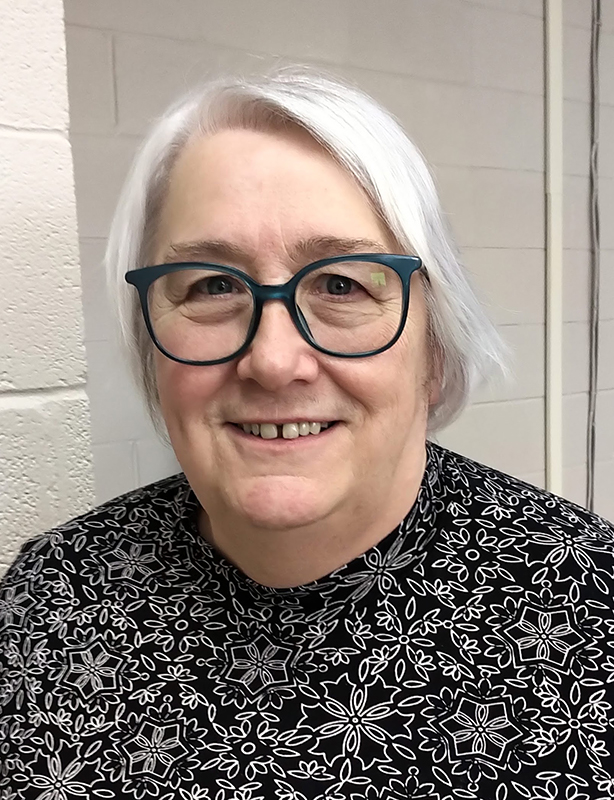Indigenous artist Catherine Blackburn at NorVA

The arts from up here
Another month into the second wave of the COVID-19 pandemic with the re-imposition of restrictions and as we write this, little skiffs of falling snow (not lying as the air and ground temperatures are not yet that cold) are leading to even more isolation and disconnection from each other. It encourages us to think of artists who often work in isolation but who just as often produce works that bring us together, remind us of our common humanity and teach us that we are more the same than different.
NorVA Centre and Gallery in Flin Flon has mounted an exhibition that has the potential to do all of this in New Age Warriors by Catherine Blackburn. Where to start to describe its impact? With the artist, the show, the lessons learned and yet to be taught?

The artist: Catherine Blackburn was born in 1984 in Ile-a-la-Crosse, Sask. and grew up in Choiceland, Sask., approximately 300 km from Flin Flon. She is of Dene and European ancestry and a member of the English River First Nation in north-eastern Saskatchewan. She studied at University of Saskatchewan, obtaining her BFA in 2007. She works primarily in beading, painting, jewelry and photography to address Canada’s colonial past, informed by personal and family narratives. From her biography, “…she is inspired to express her own feelings and experiences that speak to the complexities of memory, history and identity. Her art merges contemporary concepts with elements of traditional Dene culture that create dialogue between traditional art forms and new interpretations of them.”
Catherine has been featured in several important exhibitions such as the Bonavista Biennale, 2017 as one of only 26 Canadian artists and the Contemporary Indigenous Art Biennial 2018/La Biennale d’Arte Contemporain Autochtone (BACA) in Montreal. She has received prestigious awards and grants for her work which include a Governor General History Award and the Elizabeth Greenshields Foundation grant. She is affiliated with impressive galleries like the Art Gallery of Ontario, the Remai Modern in Saskatoon and Slate Gallery in Regina as well as collectives in Victoria, B.C. and Los Angeles.
The show: it is visually beautiful, stunning actually, in its scope. Even though NorVA’s Gallery space is small, say by Winnipeg Art Gallery standards, the exhibition is powerful in impact when visitors come through the door. The limitations of social distancing play into this impact in that there is the sense that one is alone to feel the colour and the beauty of the show and then to contemplate what it means.
The show is BIG. There are enormous photographs on the walls of Indigenous women warriors wearing traditional ‘armour’ that is drawn from the female clothing of different Nations, designed to bring attention to the diversity of Canada’s Indigenous women. The armour itself is also on display, on body forms throughout the space. Breastplates and back pieces, headdresses and chokers beaded in traditional floral or geometric designs but with contemporary and futuristic insertions, like the fact that all the beadwork is plastic Perler beads ironed together. This is a commentary on both consumerism and ingenuity and adaptation skills of indigenous women.
The lessons: according to the Exhibition Statement that accompanies the show, New Age Warriors is “…a celebration of the strength, resilience and ingenuity of [the artist’s] ancestors and the women in her life today.” Catherine Blackburn has written curriculum links for high school students to explore the exhibit from their learning perspectives. Many of the pieces in the show incorporate words, Dene and Cree syllabics and American Sign Language to remind that loss of language has been so destructive to indigenous peoples in Canada. Catherine emphasizes matriarchy throughout the exhibition as a positive force that creates “environments of love and support in Indigenous heritage.”
There is a great deal left for many of us yet to learn about Canada’s history of colonization and we are grateful that some of the strictures of this time and place give us the internal space to look and learn. We are also grateful that artists like Catherine Blackburn have taken the time to teach us. Miigwetch.

